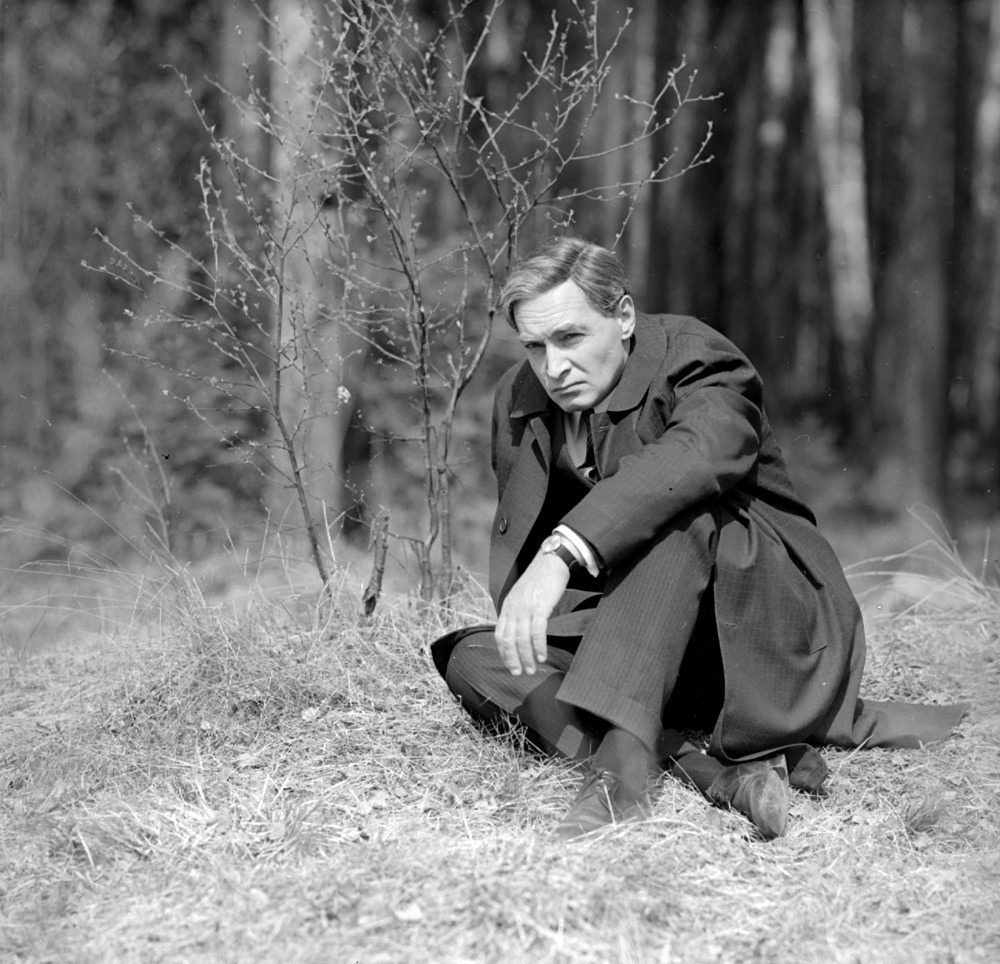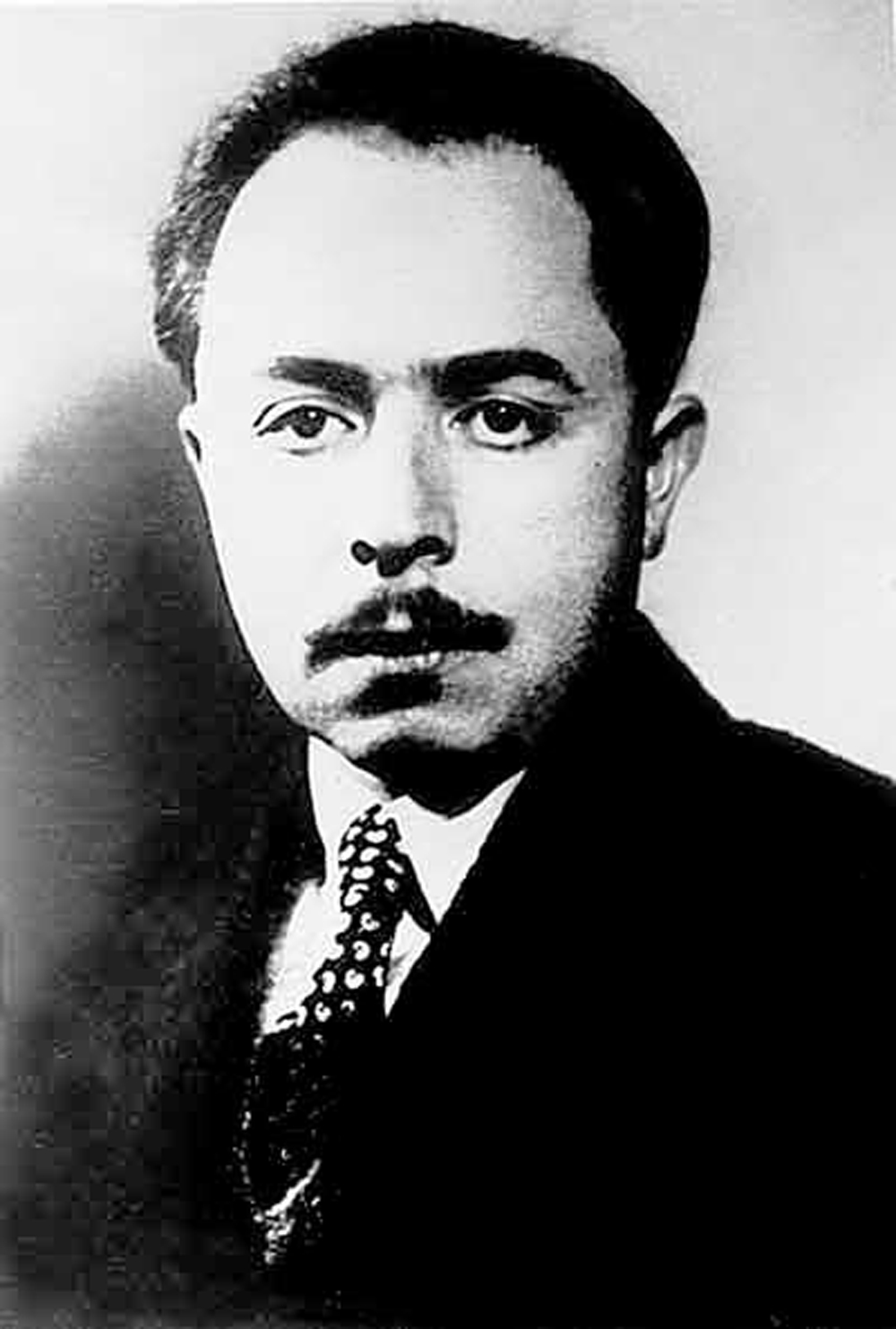
Known as ‘the man without a shadow,’ Yan Chernyak was a master spy. Pictured: A frame from the Seventeen Moments of Spring film.
kinopoisk.ruIn 1995 two Russian generals brought the Hero Star to a former TASS interpreter and onetime Soviet agent in Nazi Germany who was lying in hospital. The two generals were the Chief of General Staff and the Chief of the Main Intelligence Directorate.
Legendary Soviet agent Yan Chernyak awoke from a slumber, took the very highest Russian distinction and quietly whispered: "Good thing it wasn't posthumously." Ten days later the man who was responsible for furnishing the Soviet leadership with the plans for Hitler’s invasion of the USSR in 1941 and the Nazi attack on Kursk in 1943, as well as establishing one of the best reconnaissance networks in history, passed away.
Chernyak, about whom nothing was known until his death in February 1995, was born in 1909 in North Bukovina, which was then part of the Austro-Hungarian Empire.

His father, a poor Jewish merchant, and his mother, a Magyar housewife, perished in WWI. The boy grew up in an orphanage. But his unique gifts enabled him to speak six languages by the time he was 16 years old: his native German, Yiddish, Hungarian, Romanian, Czech and Slovak.
Finishing school with excellence, he entered the Prague Higher Technical School and graduated in 1931. There he taught himself French and English and became an electronics engineer. At this point, his biography becomes blurred in mystery.
In his autobiography, which is tailored as a personal case and which today is kept in the TASS personnel department, where Yan Chernyak worked from 1950 to his retirement in 1969 as a translator, he writes that after graduating from the Prague school he began working at the local Electromotorenwerke factory.
But essays on him published in Russia and abroad say that he entered the Berlin polytechnic. At the university he was recruited by the Soviet military reconnaissance, after which he went to serve in the Romanian Army, where he began sending confidential information to Moscow. Then he returned to Germany, where he created a reconnaissance network called Krona.
This network of agents included an important banker, a minister's secretary, the head of the research department of an airplane construction company, the daughter of a director of a tank construction company and high-ranking military officials. And some of the agents who have by now been uncovered were Hitler's favorite actresses Marika Rökk and Olga Chekhova.
In 1941 Chernyak's informers were able to get hold of a copy of the Barbarossa plan and in 1943 – the operative plan of Germany's invasion of Kursk. Although in 1941 Moscow did not take into consideration the unique documents that the agent had sent, resulting in the USSR being caught by surprise when the Germans attacked, in 1943 his multipage reports helped to destroy the Nazi hordes near Belgorod and Kursk, as well as launch the decisive turnaround in the war on the Eastern Front.
Additionally, Chernyak used to give the USSR valuable technical information on the German Tiger and Panther tanks, artillery weapons, rocket weapons, the FAU-1 and FAU-2 rockets, chemical weapons developments and electronic systems.
Veterans of the Russian Main Intelligence Directorate say that Chernyak's reconnaissance network was one of the best in history. It did not experience a single failure in its10 and a half years of work abroad.
Chernyak also significantly contributed to the creation of Soviet nuclear weapons. He had obtained information on these developments in the UK and then, on orders from his superiors, was transferred to Canada and the U.S. During this assignment he would send the USSR thousands of sheets of material on American nuclear weapons and even some milligrams of Uranium-235, which is used to make atomic bombs.
What is interesting is that the Nazis were able to discover (not without Soviet errors), expose and arrest all the participants of the Soviet reconnaissance network that the Gestapo called the Red Chapel and eliminate the agents from another reconnaissance network, the Red Troika.
However, they were not able to discover the Krona informers. They were also unable to identify its director, Yan Chernyak, whom they called "the man without a shadow": He never left his traces anywhere. He never even slept in one place twice, as they say. He constantly moved throughout Europe and communicated with his agents only when he received a signal about the necessity of the meeting.
Chernyak would have continued working abroad had a cryptographer who knew one or two things about him not fled from the Soviet attaché corps in Ottawa. Chernyak was therefore quickly and secretly taken to the USSR.
Yan Chernyak became a Soviet citizen in May 1946. It was then that he started learning the Russian language. His autobiography, which today is kept in the TASS personnel department, was written without a single grammatical mistake.
No one ever knew, neither in the news agency nor beyond it, including his wife, who Yan Chernyak really was and what kind of contribution he had made to the victory over the Nazi occupiers and to the creation of Soviet nuclear weapons. Only after he was awarded the Hero Star of Russia did the mystery of his life gradually begin to spread. And far from the whole mystery.
It is possible that the spy network Chernyak created is still operating today.
All rights reserved by Rossiyskaya Gazeta.
Subscribe
to our newsletter!
Get the week's best stories straight to your inbox